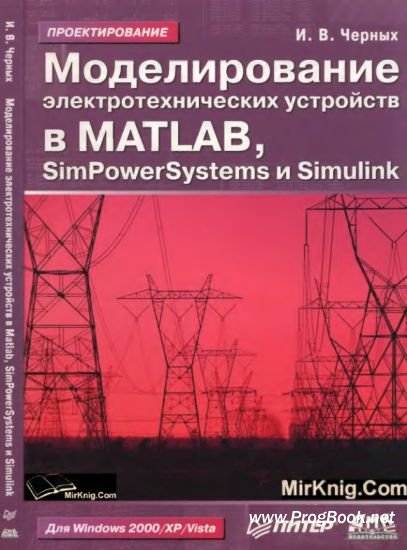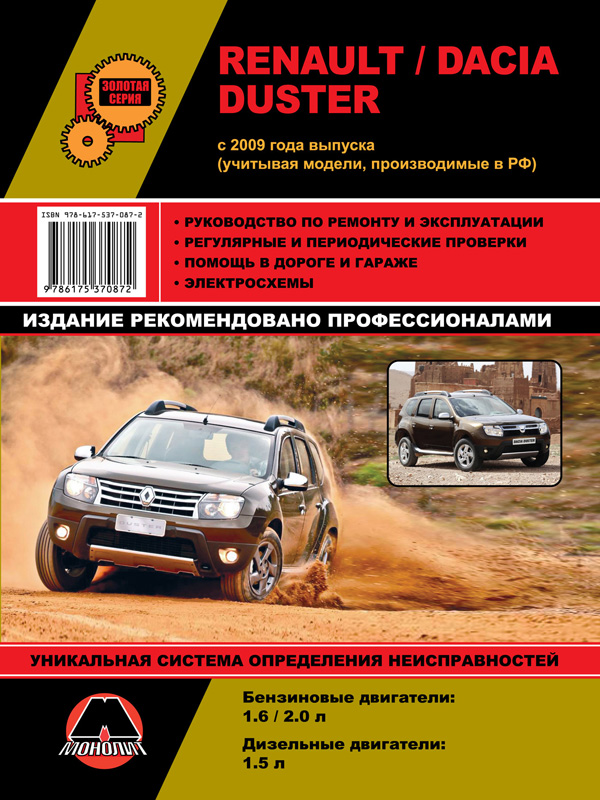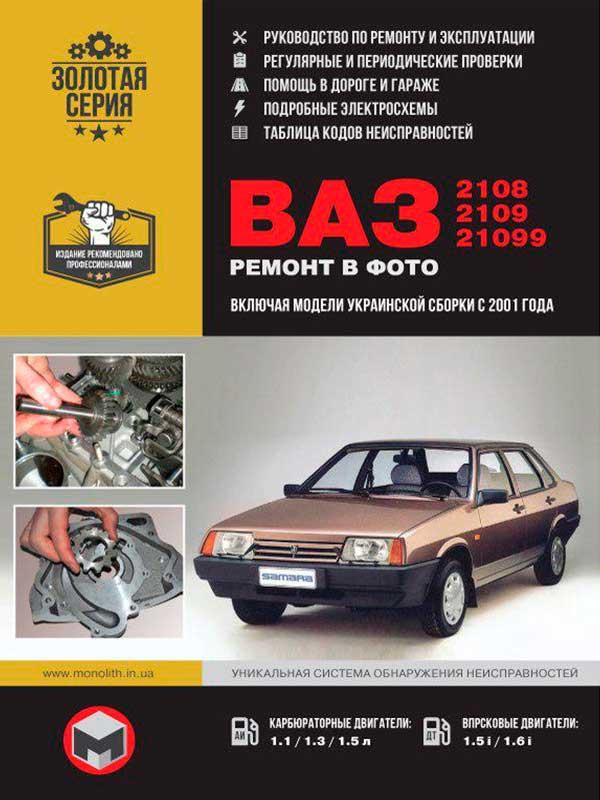
|
History has proved that communism failed at many levels during the first global competition between the capitalist and socialist camps during the Cold War. As a result, the socialist camp was dissolved. China is one of the few communist countries to survive in the twenty-first century. The Chinese economy was on the verge of collapse in the 1970s but began to take off in the early 1980s, guided by the China model. China became the world's second largest economy in 2010 and has quickly expanded its enormous global market and political influence. The second global competition between the capitalist countries and China has started. The second global competition is in fact between the China model and the Washington Consensus. Will Western hegemonies end as the result of the second global competition? Will China be able to rewrite the international rules? Will the Chinese communist political system collapse during the competition? What should the West do to the China model? This book will explore the implications of the China model in the context of the second global competition and argues that the downturn of the China model and China's global expansion are the two sides of the same coin. The China model is losing its power but not broken. China would be able to become even stronger, if it could reshape the philosophical foundation of the China model. The future of Western hegemony will depend on how the West understands the China model and deals with it. This book addresses these aspects and more.<b>Contents:</b> <ul><li>The China Model in Perspective</li><li>Failures of the China Model</li><li>Feudal Shadow of the China Model</li><li>China's New Normal and the China Model</li><li>The China Model Breeds Widespread Corruption</li><li>Anti-Human Rights Stance Reflects the Nature of the China Model</li><li>Education without Academic Freedom</li><li>China's Core Interests and the China Model</li><li>Will China Clash with the United States?</li><li>Conclusions: Lessons from the China Model</li></ul><br><b>Readership:</b> Academics, professionals, policy-makers and students interested in Chinese politics, Chinese economy, Chinese foreign policy, Chinese education, China–US relations, and Western hegemony.The China Model;Chinese Politics;Chinese Economy;Chinese Foreign Policy;Chinese Education;Chinese Religions;Human Rights;China's Core Interests;China–US Relations;Western Hegemony;The CCP;Marxism;Confucianism;International Relations; Globalization;Democratization00 Получить ссылку |
(pdf)_russkij_5-469-00185-7.jpg) Delphi и Model Driven Architecture. Разработка приложений баз данных
Delphi и Model Driven Architecture. Разработка приложений баз данных
Автор: Грибачев К.Г.
Год издания:
Данная книга посвящена новейшей технологии разработки приложений баз данных в Delphi, основанной на концепции архитектуры, управляемой моделями (Model Driven Architecture — MDA). Читатель познакомится с идеологией MDA в целом, освоит базовые основы языка UML, познакомится с мощным и лаконичным диалектом языка OCL, благодаря которому гораздо легче и быстрее решаются задачи доступа к данным, чем при традиционной разработке с применением SQL-запросов. В книге подробно, с разбором множества конкретных примеров, описываются практические шаги по созданию MDA-приложений в Delphi Читатель на практике убедится, как быстро и просто можно создавать сложные приложения, работающие практически с любой СУБД, при этом зачастую вообще не используя SQL и в ряде случаев даже не прибегая к написанию программного кода. Книга в первую очередь адресована читателям, знакомым с традиционными подходами создания приложений баз данных в Delphi, однако она может быть полезна и всем тем, кто желает познакомиться с принципиально новой технологией создания приложений в XXI веке — MDA.
 Моделирование электротехнических устройств в Matlab, SimPowerSystems и Simulink
Моделирование электротехнических устройств в Matlab, SimPowerSystems и Simulink
Автор: Черных И.В.
Год издания:
В книге содержится описание прикладной программы Simulink и библиотеки блоков SimPowerSystems, предназначенной для моделирования электротехнических устройств и систем. Рассматривается методика создания моделей с помощью графического интерфейса программы, описаны методы расчета моделей, подробно освещена методика создания электротехнических блоков пользователя. Даны основные команды для управления моделью из ядра пакета MATLAB, рассмотрен механизм выполнения расчета модели, приводятся советы автора по применению программы. Книга включает в себя большое количество примеров, поясняющих работу блоков и методику создания модели.
 PowerPoint 2010 с нуля
PowerPoint 2010 с нуля
Автор: Леонов Василий
Год издания:
Эта книга - совершенный самоучитель подготовки презентаций с помощью новейшей версии PowerPoint 2010.
Прочитав ее, вы сможете без посторонней помощи создавать эффектные анимированные презентации, которые потрясут вашу аудиторию. Вы освоите приемы управления настройками программы и оптимизируете PowerPoint "под себя".
Самоучитель подойдет как начинающим пользователям, так и более опытным, желающим освоить новинки версии 2010.
 Renault / Dacia Duster with 2009 (given model manufactured in Russia), book repair in eBook
Renault / Dacia Duster with 2009 (given model manufactured in Russia), book repair in eBook
Автор: Монолит
Год издания:
Content
Introduction
Actions in emergency situations
- The engine does not start
- Starting the engine from an external source
- Wheel replacement
- Replacing fuses
- Towing the car
Daily checks and troubleshooting
Operation of the car in the winter
Trip to the RST
Instruction manual
- Basics
- Vehicle operation
- Maintenance
Precautions and safety rules when working on a car
Basic tools, measuring instruments and methods of working with them
- Basic set of necessary tools
- Methods of working with measuring devices
Engine
- 1.6 l petrol engine
- 1.5 l diesel engine
- 2.0 l petrol engine
- Appendix to the chapter
Power system
- Power system for petrol engines
- Diesel engine power system
- Appendix to the chapter
Lubrication system
- Oil change
- Oil filter
- Oil pump
- Appendix to the chapter
Cooling system
- Specifications
- Cooling system maintenance
- Replacing elements
- Appendix to the chapter
The intake and exhaust system
- Intake system
- Release system
- Appendix to the chapter
Transmission
- Manual 5-speed gearbox
- Manual 6-speed gearbox
- Clutch
- Automatic 4-speed gearbox
- Appendix to the chapter
Power shafts
- Power shafts
- Hub and swivel fist of the front axle
- Rear axle hub
- Appendix to the chapter
Chassis
- Front suspension
- Rear suspension
- Wheels and tires
- Appendix to the chapter
Brake system
- Front, rear brakes and brake pedal
- Parking brake
- Anti-lock braking system (ABS)
- Appendix to the chapter
Steering
- Steering column
- Steering gear
- Appendix to the chapter
Body
- Exterior
- Interior
- Doors
- Seats
- Appendix to the chapter
Heating, ventilation and air conditioning system
- Air conditioning
- Heating and ventilation system
- Appendix to the chapter
Passive security
- Airbags
- Seat belts with retractors
- Appendix to the chapter
Electrical equipment
- Ignition system
- Charging system
- Start-up system
- Windshield wipers
- Appendix to the chapter
Electroschemes
- Description of the schemes
- Wiring diagrams
Explanatory dictionary
 Lada / VAZ 2108 / 2109 / VAZ 21099 (including Ukrainian assembly model), book repair in eBook
Lada / VAZ 2108 / 2109 / VAZ 21099 (including Ukrainian assembly model), book repair in eBook
Автор: Монолит
Год издания:
Content
Actions in emergency situations
- Wheel replacement
- Engine overheating actions
- Starting the engine from an additional power source
- Fuses
- Emergency pressure drop in the engine lubrication system
- Turning on the battery alarm indicator
- Enabling the engine malfunction indicator
- Enabling the brake / parking brake warning light
Daily checks and troubleshooting
Operation and maintenance manual
- Technical information
- Controls, dashboard and interior equipment
- Caring for a car
- Car maintenance
- Fuels and lubricants
Precautions and safety rules when working on a car
Basic tools, measuring instruments and methods of working with them
- Basic set of necessary tools
- Methods of working with measuring devices
The engine and its systems
- General information
- Engine service without removing from the car
- Disassembly and assembly of the engine
- Ignition and engine management system
- Power system
- Lubrication system
- Cooling system
- Inlet and exhaust system
- Appendix to chapter
Transmission
- General information
- Clutch
- Transmission
- Drive shafts
- Appendix to chapter
Chassis
- General information
- Front suspension
- Rear suspension
Steering
- General information
- Steering wheel
- Steering gear
- Steering links
Brake system
- General information
- Car service
- Front wheel brakes
- Rear wheel brakes
- Parking brake
Body
- General information
- Front bumper
- Rear bumper
- Front wing
- The hood
- Front door
- Back door
- Outside rear view mirror
- Body dimensions
Electrical equipment of a car
- General information
- Generator
- Starter
- Ignition switch
Electrochemistry
Trouble codes
- Controller JANUARY-4
- GM Controller (IFSI-2S, ITMS-6F)
- OBDII protocol controllers
Explanatory dictionary
Чтобы скачать книгу, отключите блокировку рекламы. Спасибо!

(pdf)_russkij_5-469-00185-7.jpg) Delphi и Model Driven Architecture. Разработка приложений баз данных
Delphi и Model Driven Architecture. Разработка приложений баз данных
 Моделирование электротехнических устройств в Matlab, SimPowerSystems и Simulink
Моделирование электротехнических устройств в Matlab, SimPowerSystems и Simulink
 Renault / Dacia Duster with 2009 (given model manufactured in Russia), book repair in eBook
Renault / Dacia Duster with 2009 (given model manufactured in Russia), book repair in eBook
 Lada / VAZ 2108 / 2109 / VAZ 21099 (including Ukrainian assembly model), book repair in eBook
Lada / VAZ 2108 / 2109 / VAZ 21099 (including Ukrainian assembly model), book repair in eBook
